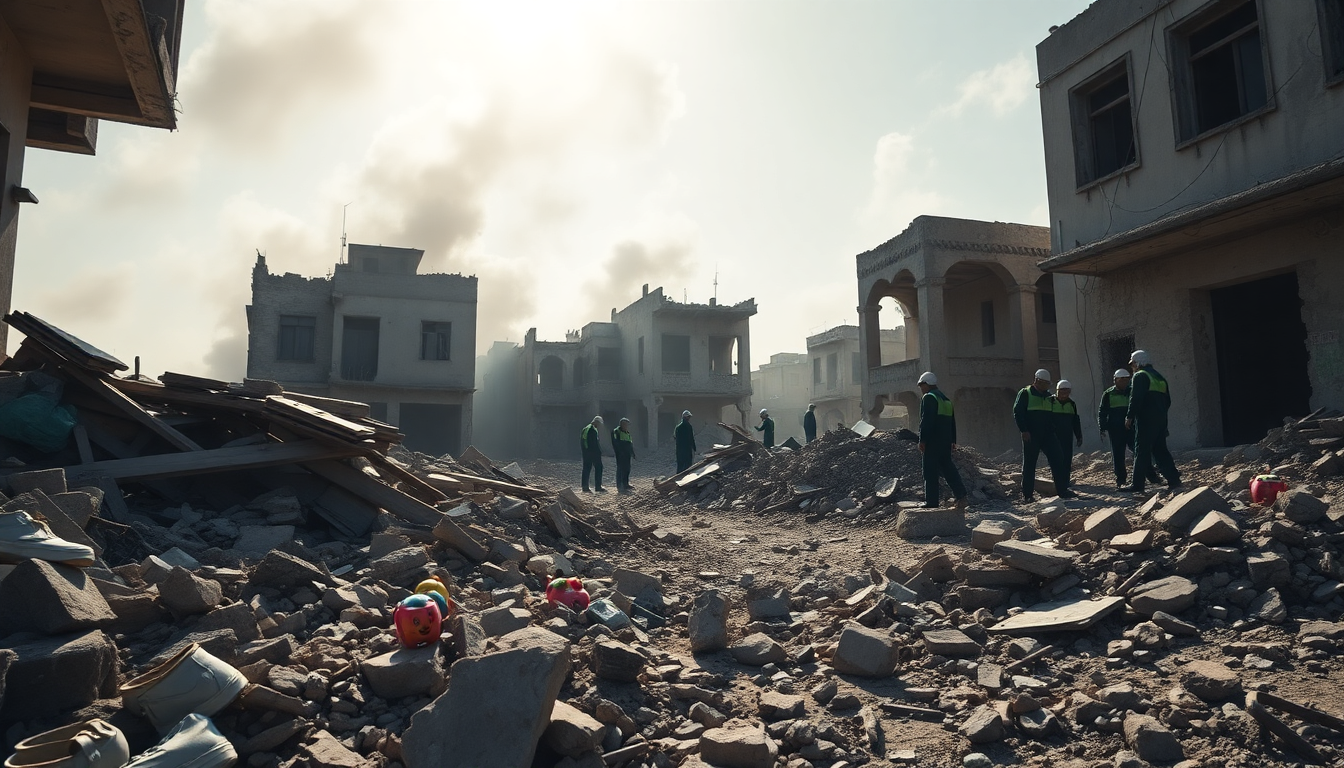Table of Contents
The ongoing conflict in Gaza has become a complex web of narratives, with casualty figures at the center of the debate. Recently, a leaked military report has ignited discussions about the stark differences in the reported numbers of combatants compared to civilians killed during Israeli military operations.
According to the Palestinian Ministry of Health, over 62,000 lives have been lost since the conflict began, and many believe this number could be even higher. So, what do these figures really mean, and how are they compiled? Let’s dive into the details.
Understanding the Casualty Reports
The leaked military report paints a troubling picture, suggesting that just 17 percent of those killed in Gaza are fighters. This sharply contrasts with Israel’s assertion that the majority of casualties are combatants from Hamas and the Palestinian Islamic Jihad (PIJ).
The internal Israeli intelligence database indicates that around 8,900 fighters have been killed, which is part of a larger count of 47,653 active fighters. But with the total reported deaths reaching 62,686 as of late 2023, we have to ask: how reliable are these numbers?
Verifying the identities of those killed during military operations is no easy task.
The report reveals that many deaths go unaccounted for, with bodies often incinerated or left unrecovered in areas that are hard to reach due to ongoing military actions. This raises important questions about the true toll on civilians versus combatants, which is crucial for grasping the humanitarian impact of this conflict.
The Influence of Casualty Figures on Public Perception
How do these casualty figures shape public opinion? Israeli officials argue that their military operations aim to minimize civilian casualties. Prime Minister Benjamin Netanyahu has even claimed that the ratio of civilian to combatant deaths is the lowest seen in modern urban warfare.
However, such statements are met with skepticism, as independent studies suggest a different story, showing a higher number of civilian casualties.
The consequences of these casualty figures are significant. They can sway international public opinion and affect diplomatic relations. When civilian casualties are dismissed as collateral damage, it raises ethical questions about military actions and compliance with international humanitarian law. Additionally, labeling victims as either combatants or non-combatants can lead to a desensitized public reaction, which might only serve to perpetuate the cycle of violence.
Looking Ahead: Humanitarian Considerations
As the conflict carries on, the need for accurate and transparent casualty reporting grows more urgent. This struggle for reliable data isn’t merely about numbers; it’s a reflection of the *human cost* of war and the pressing need for accountability. The ongoing violence has left thousands displaced, with essential services crumbling.
Moving forward, it’s crucial for both local and international organizations to prioritize the protection of civilians in conflict zones and ensure humanitarian access. The discrepancies in casualty figures should spark a broader conversation about the importance of transparency and the ethical implications of military operations. Without a commitment to accountability and safeguarding human rights, the cycle of violence and suffering in Gaza is likely to continue.





